Yes, you can do it. What you need to know is actually chunked transfer encoding.
This is one of the old technics used a decade ago, since Websockets, I haven't seen anyone using this.
Obviously you only need to send responses in different times maybe up to some events will be fired later in chunks. This is actually the default response type of express.js.
But there is a catch. When you try to test this, assuming you are using a modern browser or curl which all of them buffer chunks, so you won't be seeing expected result. Trick is filling up chunk buffers before sending consecutive response chunks. See the example below:
const express = require('express'),
app = express(),
port = 3011;
app.get('/', (req, res) => {
// res.write("Hello\n");
res.write("Hello" + " ".repeat(1024) + "\n");
setTimeout(() => {
res.write("World");
res.end();
}, 2000);
});
app.listen(port, () => console.log(`Listening on port ${port}!`));
First res.write with additional 1024 spaces forces browser to render chunk. Then you second res.write behaves as you expected. You can see difference with uncommenting the first res.write.
On network level there is no difference. Actually even in browser you can achieve this by XHR Object (first AJAX implementation) Here is the related answer
